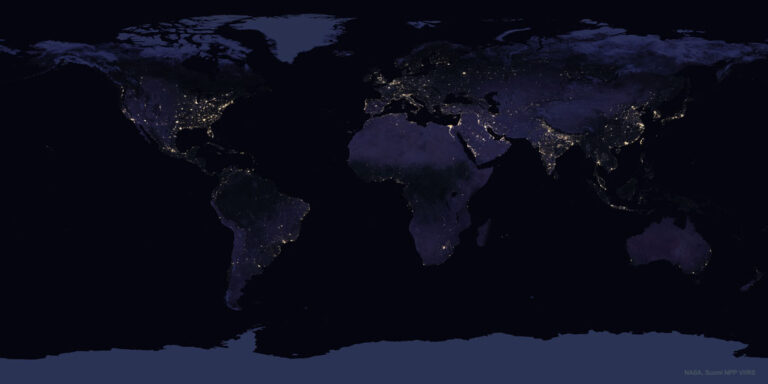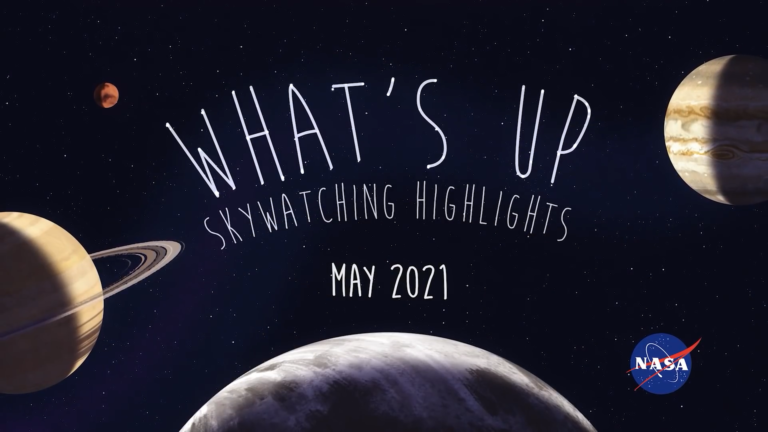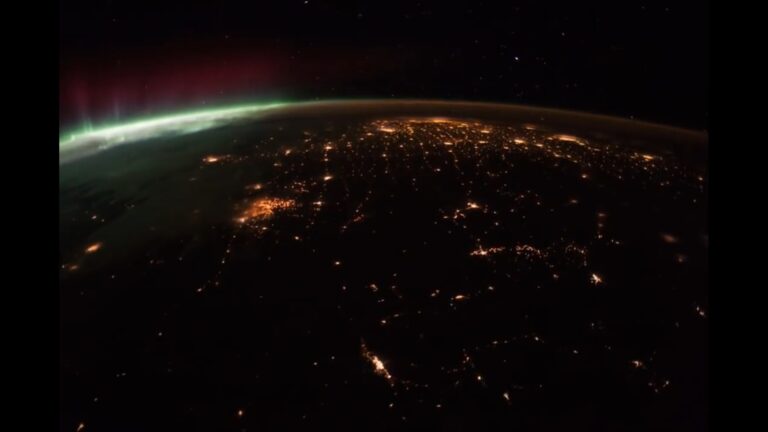地球的夜晚(第二辑)
2023年6月17日 Planet Earth at Night II Video Credit: NASA, Gateway to Astronaut Photography, ISS Expedition 53; Music: The Low Seas (The 126ers) Explanation: Recorded during 2017, timelapse sequences from the International Space Station are compiled in this serene video of planet Earth at Night. Fans of low Earth orbit can start by enjoying the view as green and red aurora borealis slather up the sky. The night scene tracks from northwest to southeast across North America, toward the Gulf of Mexico and the Florida coast. A second sequence follows European city lights, crosses the Mediterranean Sea, and passes over a bright Nile river in northern Africa. Seen from the orbital outpost, erratic flashes of lightning appear in thunder storms below and stars rise above the…




